Research Update
Today we are preparing for our future work collecting sediments on Ross Island and beyond. Carl and Andrew are using software to locate past sampling locations, camp sites and other areas where the land may have been disturbed in the Dry Valleys. Hopefully we will visit the Dry Valleys later in the week. Terry is packing up samples from the seafloor which will be analyzed back in Texas. Steve is labeling and preparing sampling jars for our future work. We expect to go to Cape Evans tomorrow to collect sediment samples. This is exciting because Cape Evans also has a historic hut where Robert Scott stayed during his second expedition to Antarctica.
Carl's Birthday
Today is Carl Green's birthday! We decorated his work space with photos and put signs up around Crary Lab notifying everyone of the event. Hopefully we will celebrate his birthday more later today, although he is starting to get "the crud"--a respiratory illness that most people here catch and suffer from throughout the season.
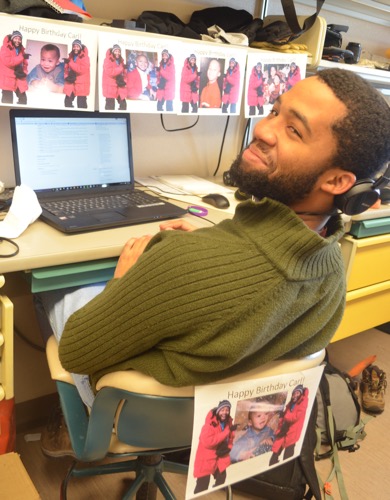
The People Behind the Science
There is a lot of science happening in Antarctica. In fact, 82 different U.S.-based science groups are working in and around the continent. That means about 500 - 600 scientists will do research through the United States Antarctica Program (USAP(abbreviation) United States Antarctic Program). About 40% of those scientists work out of Crary Lab in McMurdo Station. It takes a lot of people behind the scenes to make the research run smoothly. I met with some of the people here at Crary and beyond that help make it happen.
David and Megan
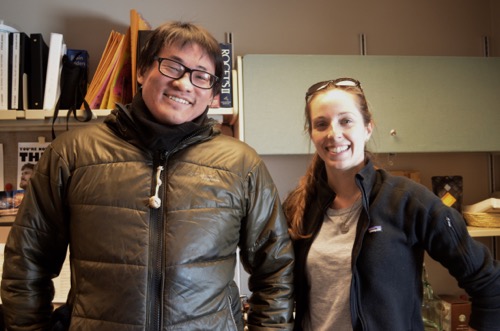
Meet David Chu and Megan Parks. They are lab assistants in Crary and make sure that scientists are supported. There are 13 working wet labs in the building--wet labs are the lab spaces that include sinks and other science equipment. These wet labs host two to three lab groups a season and David and Megan help ensure those scientists are supported. As lab assistants, they ensure safety protocols are clear and enforced, coordinate with other facilities to support scientists and are the "go to" people when scientists have any questions.
David is from California and has a degree in chemistry. He started working in Antarctica because he was looking for a job that allowed for travel and adventure. One of his favorite experiences here was photographing auroras during the winter. Megan is from Kentucky and this is her second season in Antarctica. One of her favorite memories here has been hiking through the Dry Valleys and seeing the glaciers.
Mike, Matt and Abe
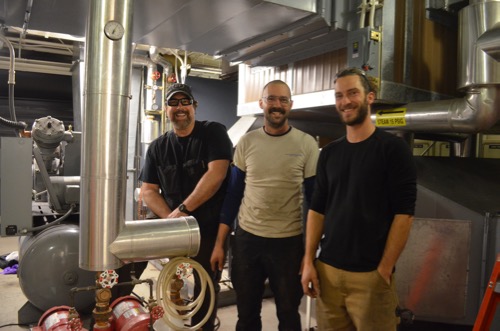
Mike, Matt and Abe are the utility mechanics that keep Crary Lab up and running. They are often found fixing heating vents and other equipment so scientists can work comfortably and safely in their lab space.
Justin, Rosalind and B.J.
Justin, Rosalind and B.J. work in the information technology (IT) department at Crary. Justin Maughmer is the McMurdo computer supervisor.
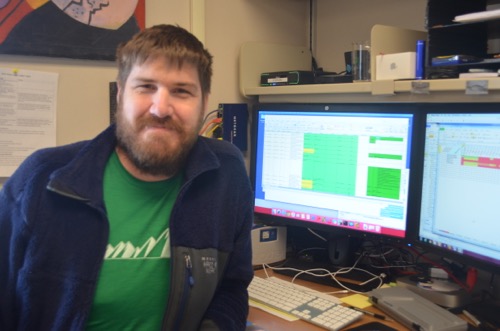
Justin makes sure scientists' computers are up and running and provides support for McMurdo Stations as well as science traverses out on the ice. He communicates with other IT groups at McMurdo Station and is one of the contacts for scientists' technology issues. Justin is from Kansas and began coming to Antarctica as a firefighter in 2008. He has spent winter here and has been to the South Pole. He now lives in Denver and works on IT issues back at the USAP(abbreviation) United States Antarctic Program offices in Colorado when he is not in Antarctica. When I spoke to him he was reviewing paperwork for the upcoming year, making sure the IT office can support all of the scientists' computer needs.
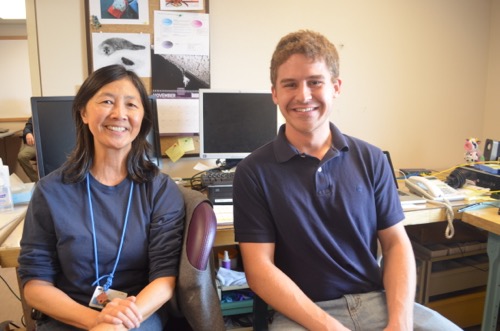
Rosalind Lee and B.J. Lewis also work in the IT department and support scientists with their day to day technology needs. When scientists first arrive to McMurdo Station, they help update computers and install a drive that helps us access files. Rosalind is excited to be in Antarctica because she has a goal of visiting all 7 continents. B.J. heard about working in Antarctica from his sister and jumped at the chance to be here.
Lindsay
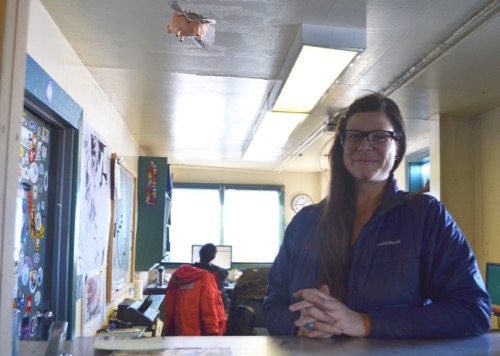
Although the staff at Crary play a major role in aiding scientists, there are other folks who are also critical to helping scientists conduct their research. Lindsay Steinbauer is one of those people--she is the Helo Ops Supervisor at McMurdo Station. She coordinates flights with the pilots and researchers to make sure scientists get out to the field in a timely manner. She originally worked in the park service and met people who worked in Antarctica--it sounded like fun, so she applied to come down here as well. She loves working here because of the great community and because she can contribute to something positive.
These are just some of the people who support scientists at McMurdo Station and beyond. I will try to introduce you to more of the key support staff from Crary Lab and the rest of the station in future journals!
Life in Antarctica
There aren't a lot of ways to spend money in Antarctica, but it is possible to purchase souvenirs, snacks and toiletries at the local store. Getting money is easy with the Wells Fargo ATM in the galley!
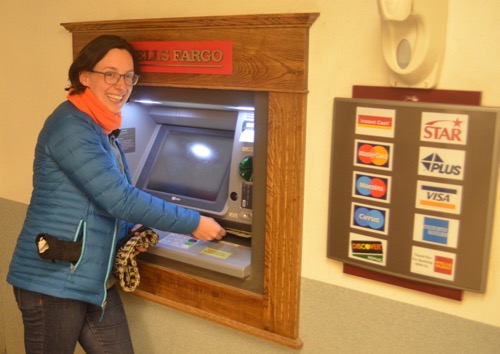
Ice POD
Today's Ice POD is about an interesting pattern I saw on my way to the dive hut the other day. Footprints in the snow were higher than the surrounding ground. Can you explain what happened? Click here to download a PowerPoint Slide of the Ice POD:16_icepod.pptx
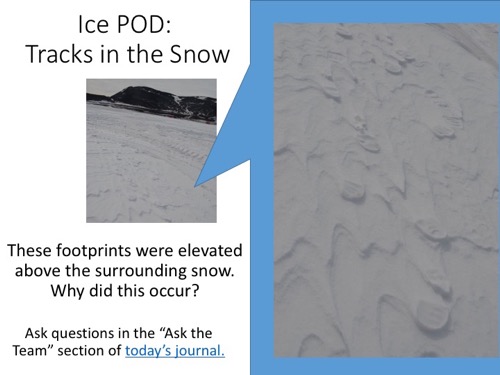
Brought to you by...
Today's journal is brought to you by Kevin from Ms. Seff's class at Springs School in East Hampton, New York. We thought it was important that the Banana Man penguin was seen in his favorite place in Antarctica--with the bananas in the galley.
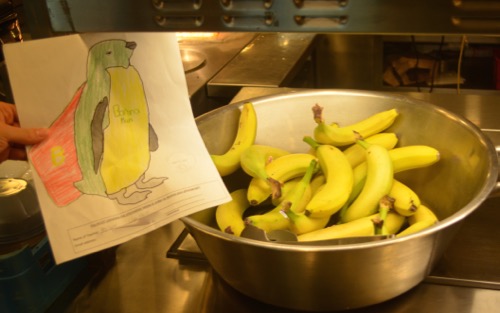
| Attachment | Size |
|---|---|
| 16_icepod.pptx351.24 KB | 351.24 KB |

Comments